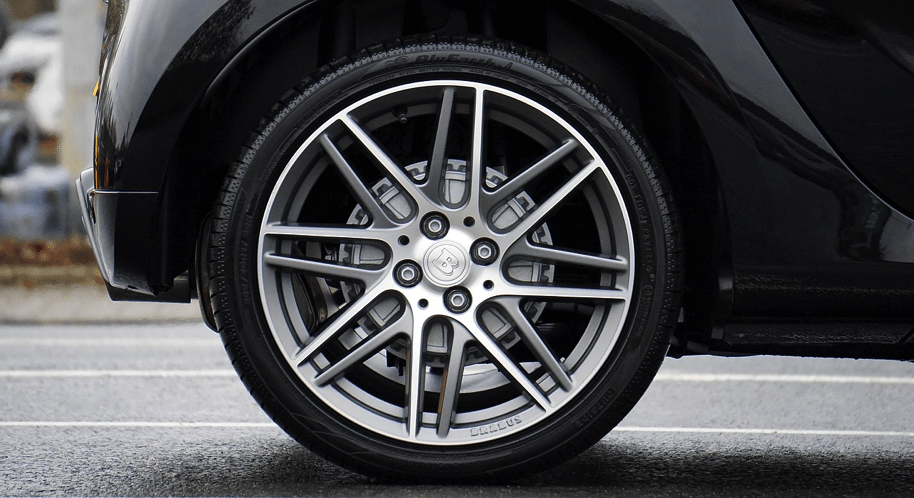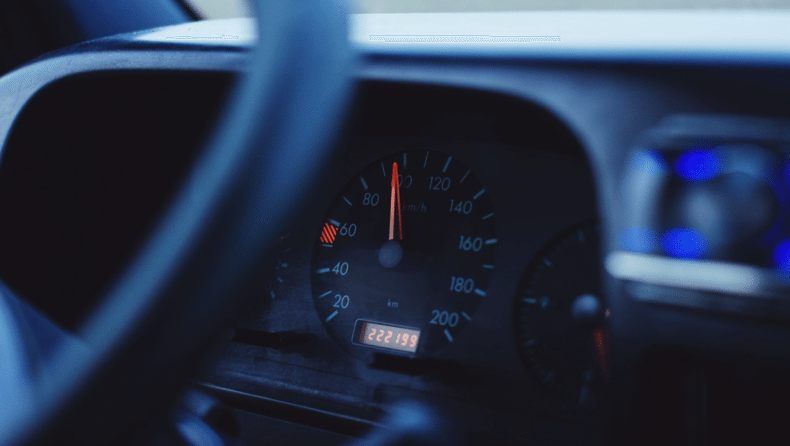Nitrogen vs. Air in Your Tires

Managing tires is a key concern for motorists and essential to the overall health of their vehicles. While uncontrollable elements such as road conditions and weather can affect the lifespan of your tires, the type of gas you fill them with plays a significant role as well.
For the unaware, nitrogen is often offered as an alternative to air for tire inflation. However, there is a lot of controversy surrounding its supposed benefits and whether getting a “nitrogen upgrade” for your tires is a worthwhile investment. If you’re wondering whether nitrogen or plain air is the right choice for you, it’s best to a look at the pros and cons of using either gas.
Tire Pressure
The primary task of car tires is to carry your vehicle’s weight. Therefore, the consistency of your tires’ inflation is vitally important. Air, the standard gas used to fill car tires, is comprised of 78 percent nitrogen. The rest of the gas is made of approximately 21 percent oxygen, water vapor, carbon dioxide, and smaller concentrations of miscellaneous noble gases such as neon and argon.
This combination of gases affects how the air in your tire behaves at different temperatures. Like all gases, air expands when heated and contracts when cooled, and tire pressure will rise or fall accordingly. Nitrogen has a slight edge over air, in terms of tire pressure, because it’s less susceptible to temperature changes.
All tires have microscopic holes that allow small amounts of gas to leak out. Over time, this gradually decreases tire inflation. Nitrogen molecules are larger than air molecules, which means it moves through tires at a slower rate and can offer more consistent air pressure.
To assess the tire pressure performance of air and nitrogen, Consumer Reports tested 31 pairs of different tire models. They filled one tire to 30 psi (pressure in pounds per square inch) with nitrogen and the other to 30 psi with air. The tires were left outside, and, after one year, tire pressure was measured. The average pressure loss was 2.2 psi and 3.5 psi, for nitrogen and air, respectively, meaning nitrogen has a slight advantage over air.
Fuel Economy
Nitrogen is theorized to offer better gas mileage than regular air. According to the Environmental Protection Agency, under-inflated tires reduce gas mileage by approximately 0.3 percent per 1 psi increase in the pressure of all four tires. When tire pressure decreases, rolling resistance increases, which also lowers gas mileage.
ExxonMobil tested the notion that nitrogen is better for fuel economy in 2008 and found the gas had little to no effect on tire rolling resistance. Therefore, for fuel economy, air and nitrogen tie.

Tire Health
Water vapor plays a key role in how gases behave in your tires. The presence of water vapor, or even water as a liquid, causes more pressure fluctuations as temperature changes and promotes the corrosion of your tire’s metal rim, also known as wheel rot.
Moreover, some gas stations do a poor job of removing and keeping humidity out of their air systems. On the other hand, whenever you fill your tires with nitrogen, the nitrogen will be “dry,” meaning it contains little to no water vapor.
Filling a tire with nitrogen gas is a long process that involves filling and purging tires multiple times, which slowly removes oxygen and any water. Using 93 to 95 percent pure nitrogen will prevent wheel corrosion from internal moisture and result in greater longevity for your tires. Unfortunately, nitrogen can be expensive, and the inflation process is time-consuming, so check your local repair shop for their rates.

Nitrogen is more commonly used in the tires of special equipment vehicles, airplanes, and racecars. These are heavy-frequency vehicles that operate at extreme temperatures where even the most minuscule of pressure changes can have drastic or even unpredictable effects.
They require the air pressure stability nitrogen gas provides. Tires filled with nitrogen also tend to run cooler than those filled with air. Because tire grip strongly correlates to tire temperature, using nitrogen is necessary for racecar drivers.
Ultimately, your gas of choice should depend on how you use your vehicle. If you use your car on the racetrack, consider switching to nitrogen if you haven’t done so already. For car owners who mostly use public transportation or have cars in storage for extended periods of time, nitrogen may be a beneficial option.
Regardless of the type of gas you decide on, be sure to check your tire pressure at least once a month and take your car in for regular maintenance to ensure tire health.
